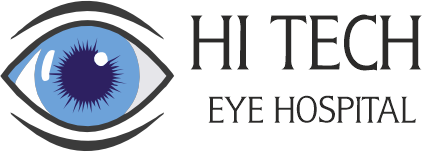Retina treatment encompasses various methods tailored to address retinal disorders, which can lead to vision impairment or loss if left untreated. Common conditions include macular degeneration, diabetic retinopathy, retinal detachment, and retinitis pigmentosa. Treatment approaches range from medication and laser therapy to surgical interventions.
Medication: Injections of anti-VEGF drugs can inhibit abnormal blood vessel growth and leakage, particularly effective for wet macular degeneration and diabetic retinopathy.
Laser Therapy: Laser photocoagulation can seal leaking blood vessels or destroy abnormal tissue growth, commonly used for diabetic retinopathy and retinal tears.
Surgery: Procedures like vitrectomy involve removing vitreous gel and repairing retinal detachments, while scleral buckling supports detached areas.
Gene Therapy: Emerging for inherited retinal diseases, gene therapy aims to correct genetic mutations responsible for vision loss.
Each treatment modality carries its risks and benefits, tailored to the specific condition and individual patient factors. Regular eye exams are crucial for early detection and prompt treatment, optimizing outcomes and preserving vision. Consultation with an ophthalmologist is vital for personalized treatment plans and monitoring.
Description & Process
